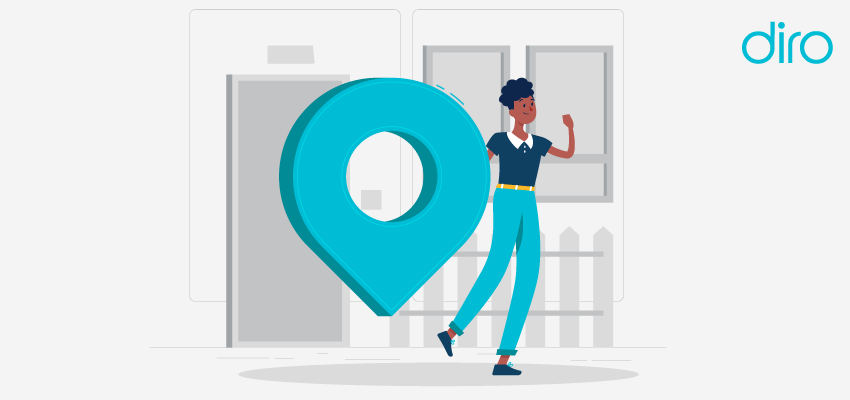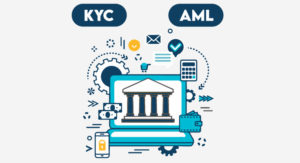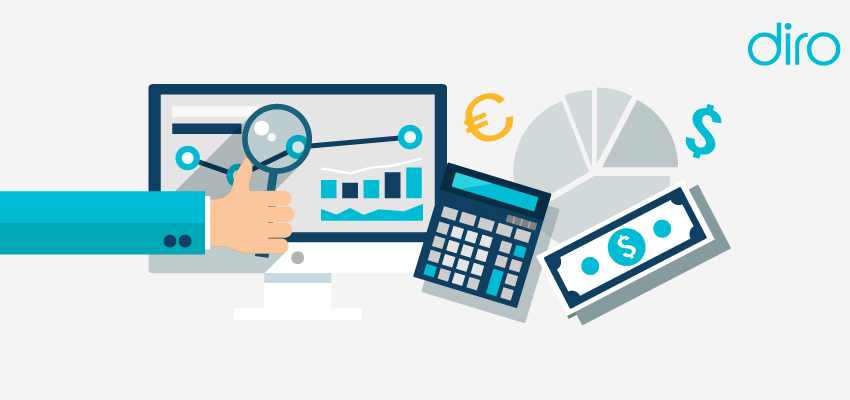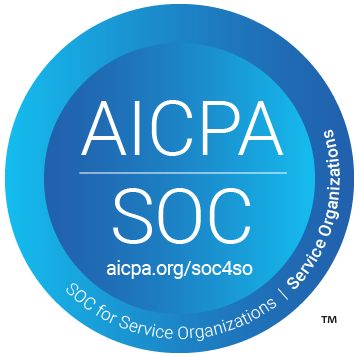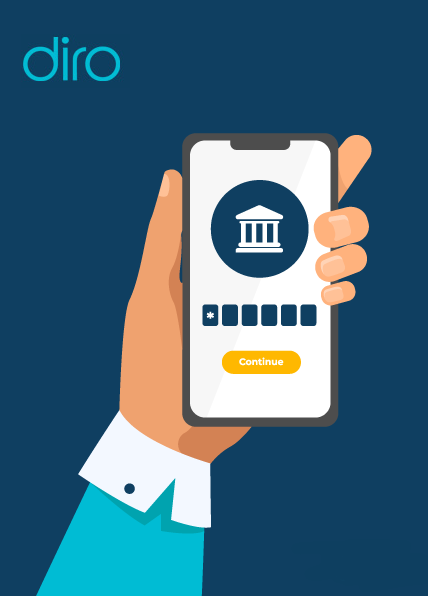Online Bank Account Verification: Everything Businesses Need to Know
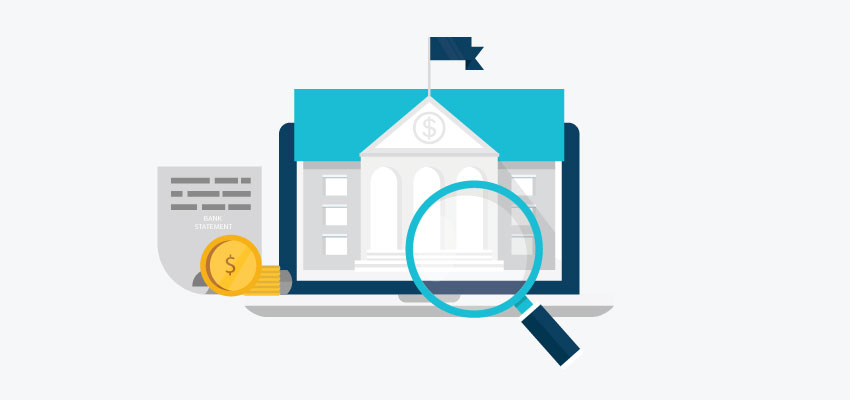
Bank accounts are the pillar behind personal and commercial banking. Verifying a bank account has become a critical step for modern businesses to verify identity, understand finances, or disperse loans. In 2023, the global payments industry handled over 3.4 trillion transactions. That number is rising while you are reading this article. So, verifying that a bank account belongs to a user or company helps prevent fraud and errors. This step ensures that payments are sent to legitimate recipients and not to fraudulent accounts.
Traditionally, this was done through manual checks or document reviews, which were slow and prone to errors. Now, online bank account verification tools allow businesses to instantly validate bank account ownership, improving both speed and accuracy.
In this guide, we’re going to do a deep dive into the world of online bank account verification and what every business should know about it.
What is Bank Account Verification?
Bank account verification is the process of confirming that a specific bank account belongs to a real person or business. Without a proper bank account verification pipeline, the risk of fraudulent transactions or mistakes goes significantly up.
This verification is commonly needed in several scenarios:
- When onboarding a new customer or vendor
- Before initiating a payment or direct deposit
- During loan or credit approval processes
Both personal and business accounts can be verified. The goal is to make sure the bank account is valid, active, and linked to the right person or organization.
Without this step, a business risks sending money to the wrong party, experiencing failed transactions, or even becoming a victim of fraud.
Types of Bank Account Verification Methods
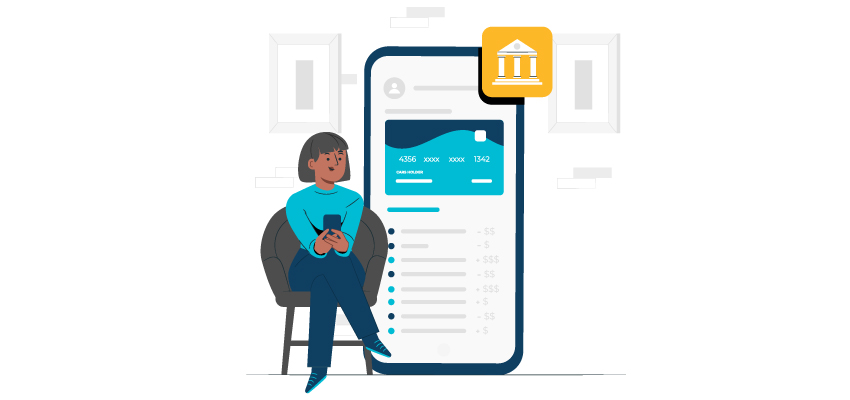
There are multiple ways to verify a bank account, each with its own pros and cons. Here, we’re only discussing online bank account verification methods, as traditional methods are slowly becoming obsolete. Let’s break them down:
1. Microdeposits
While this is a type of online bank verification method, it’s considered to be a legacy process. This method involves sending two small amounts, usually a few cents to the user’s bank account. Once the deposit is done, the user is asked to check their statement and confirm the amounts received. Once confirmed, the account is considered verified.
While this method is fairly simple, it takes 1–3 business days to complete. It also relies on user action, which can lead to delays or mistakes. A good verification process should be quick, seamless, and shouldn’t require any manual efforts from the end user’s side. There are alternatives to micro-deposit verification; let’s explore others.
2. Instant Verification via APIs
Modern verification tools use APIs (Application Programming Interfaces) to connect directly with a bank. With the user’s consent, these APIs retrieve account details instantly.
This method is fast and reliable. It’s used by platforms like DIRO and Plaid and typically takes under 60 seconds. Since it doesn’t rely on manual confirmation, it’s more secure and seamless.
3. Document-Based Verification
In this method, users upload documents such as bank statements or voided checks to prove account ownership. A person or an automated system then reviews these documents.
While this is a common backup method, it’s slower and less secure. Fake documents can slip through if not properly vetted.
4. Third-Party Database Checks
Some platforms cross-reference bank account data with external databases. This can be helpful in certain regions but is often unreliable due to outdated or incomplete information.
Overall, instant API-based verification is considered the most effective and user-friendly option.
Why Bank Account Verification Matters for Businesses
For businesses that onboard hundreds of customers every day, deal with tons of vendors, or operate in a regulated industry, bank account verification is a must. Having a solid bank account and Identity verification pipeline in place can prevent fraud and also save businesses from fines by regulatory bodies for non-compliance.
The primary reason to focus on bank account verification is that it helps in preventing the risk of fraud. When businesses send money without verifying the recipient’s account, they risk paying fraudsters or dealing with failed transactions.
It also improves operational efficiency. Verifying accounts upfront reduces the number of payment errors, saving both time and money.
Finally, it helps businesses comply with financial regulations. Know Your Customer (KYC) and Anti-Money Laundering (AML) laws require financial institutions to verify identities. Bank verification supports these goals.
According to FinCEN, over $300 billion is laundered each year in the U.S. Bank account verification can help reduce that risk significantly.
The Risks of Not Verifying Bank Accounts
Failing to verify bank accounts can expose your business to a range of risks. Fraud is the biggest one; fake accounts can be used to steal money or create false identities.
You also face operational headaches. Failed payments, bounced transactions, and misdirected funds can cost money and erode trust with customers or partners.
Worse yet, non-compliance with financial regulations can lead to legal penalties or audits.
A single failed ACH payment can cost a business between $2 and $35. Multiply that by hundreds or thousands of payments, and the cost becomes enormous. Verification is not just about trust; it’s about protecting your bottom line.
How Online Bank Verification Works?
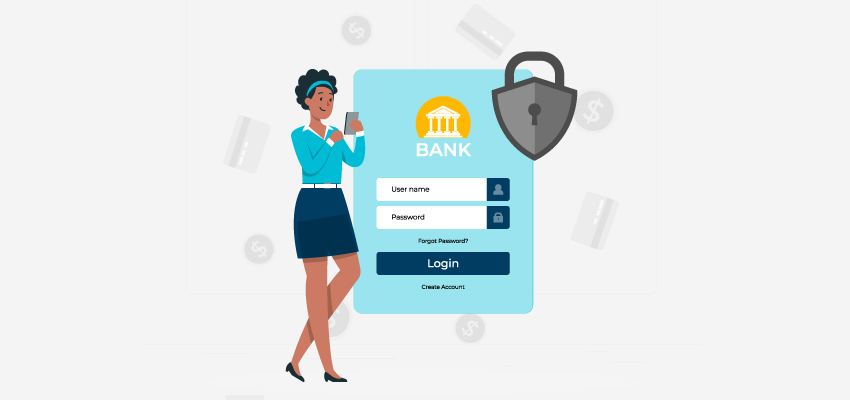
Modern bank verification tools make the process simple and quick. Here’s how it usually works:
- The user gives consent through a secure platform.
- The system connects directly to the user’s bank.
- Verified account information, such as name and account status, is pulled in real-time.
- This data is sent to the business in a secure format.
There is no need for paper documents or waiting days for microdeposits. Everything happens instantly and securely.
Think of it like opening a window to view the bank account, not to touch anything, just to confirm it’s real and belongs to the right person.
What to Look for in an Instant Bank Verification Solution?
Every business should focus on a couple of factors while building its bank account verification pipeline. The most crucial factors include:
- Speed
Customers today want instant resolution. During customer onboarding, documents should be verified instantly. Research shows that 78% of users abandon onboarding processes that take longer than five minutes. A fast verification process can boost conversion rates.
DIRO bank account verification solution merges seamlessly with your pipeline with an API to verify bank accounts in an instant to prevent fraud.
- Accuracy
While speed is crucial, it shouldn’t come at the cost of accuracy. The bank verification/document verification solution should have an accuracy rate of 100%. This ensures no fraudsters are able to bypass the verification process.
- Security
As the tool or software you’ll be using will be dealing with confidential information, they need to be secure. Whatever system you’re planning to use, ensure that it doesn’t store sensitive data.
- Coverage
If you’re a global company, then your focus should be on a tool that offers global coverage. Tools like DIRO offer document verification in 195+ countries to ensure a seamless cross-border onboarding process.
- Compliance
In regulated industries, complying with regulations is crucial. Businesses should make sure that the tools they use meet regulatory standards like GDPR, SOC2, and others.
DIRO’s Online Bank Verification: A Better Way
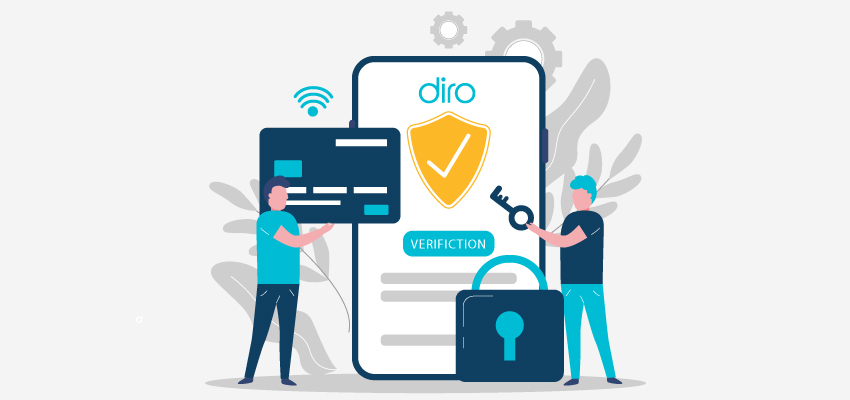
DIRO offers a unique approach to online bank verification. Unlike API-only tools, DIRO retrieves original data directly from official bank websites.
This method ensures that the data is tamper-proof, auditable, and globally accessible. DIRO supports over 10,000 banks in more than 195 countries.
The platform can verify account ownership in less than 30 seconds and provides businesses with compliance-ready reports.
DIRO’s system captures original source data that cannot be faked, setting it apart from other tools that rely on screenshots or documents.
Key Use Cases for Bank Account Verification
Some companies need bank account verification more than others. Here’s a list of industries that rely on instant bank account verification for customer onboarding, fraud prevention, etc.
1. FinTech Platforms
FinTech platforms operate in highly regulated industries. Businesses like Wallet Apps and Neobanks use verification to confirm user accounts during onboarding and payouts. Not doing so can lead them to face regulatory fines, loss of reputation, and severe monetary losses.
2. Lenders and NBFCs
Lending companies and NBFCs need to verify bank statements. Before disbursing loans, lenders must verify that the borrower owns the repayment account. This reduces fraud and improves recovery rates.
3. Gig Economy and Payroll
Businesses paying freelancers, gig workers, or contractors use verification to ensure payments go to the right accounts. Without proper verification, anyone can request an invoice from the company, and companies are more than likely to pay it. This increases the chances of payment fraud, which can be significantly reduced by verifying bank account information during onboarding.
4. Marketplaces and eCommerce
Online marketplaces often need to verify vendor bank accounts before releasing earnings or commissions. They are part of a regulatory compliance program and help protect businesses from the risk of fraud.
5. Crypto and Trading Platforms
Crypto and trading platforms must conduct KYC and AML checks before onboarding customers. KYC checks include verifying identity, address, and bank accounts. As these platforms are always a risk of fraud, they are always under scrutiny from regulatory bodies. With high regulatory pressure, these platforms use verification to stay compliant with AML and KYC laws.
Compliance and Regulatory Considerations
Bank account verification is often a legal requirement. Businesses must comply with regulations such as:
- KYC (Know Your Customer)
- AML (Anti-Money Laundering)
- BSA (Bank Secrecy Act)
- GDPR and CCPA (Data privacy laws)
Verification tools help ensure that these requirements are met. DIRO, for example, provides audit-ready reports that meet global compliance standards.
For regulated industries, failure to verify bank accounts can lead to fines, sanctions, or even criminal investigations.
DIRO vs Other Solutions
Let’s compare DIRO’s solution with other common methods:
| Feature | DIRO | Microdeposits | API-only Tools |
| Speed | <30 seconds | 1-3 days | 1-10 minutes |
| Tamper-proof Data | Yes | No | Limited |
| Global Coverage | 195+ countries | No | Limited |
| Compliance Reports | Yes | No | No |
DIRO leads in speed, trust, and coverage. It’s built for global businesses looking for a reliable and scalable verification solution.
Real-World Impact: U.S. Lender Case Study
One U.S.-based lending firm faced high fraud rates and long processing times. They were using document uploads and manual reviews to verify bank accounts.
After switching to DIRO’s online verification system, they saw dramatic improvements:
- Onboarding time was reduced by 70%
- Fraud cases dropped by 40%
- Customer complaints about verification delays fell sharply
This simple change had a massive business impact and saved thousands of dollars.
FAQs on Bank Verification
Is it safe to connect to a bank online?
Yes. DIRO uses secure APIs to ensure all communication between bank and the platform are encrypted, and no passwords are stored. Making it 100% secure to verify documents online using DIRO.
Can verification happen without a customer login?
DIRO verifies online documents with automated user consent. Ensuring all documents are verified securely and instantly, reducing the time spent online during onboarding.
Can DIRO be used outside the U.S.?
Yes. DIRO online document verification works in 195+ countries and supports thousands of global banks. This allows global businesses to verify documents from almost anywhere across the globe.
Final Thoughts: The Future of Bank Verification
Bank account verification is evolving. As fraudsters get smarter, businesses need more advanced tools.
In the future, AI and machine learning will make verification faster and even more secure. Governments are also increasing digital KYC requirements, making verification mandatory.
Online bank verification is no longer a luxury; it’s a competitive and legal necessity.



